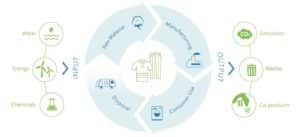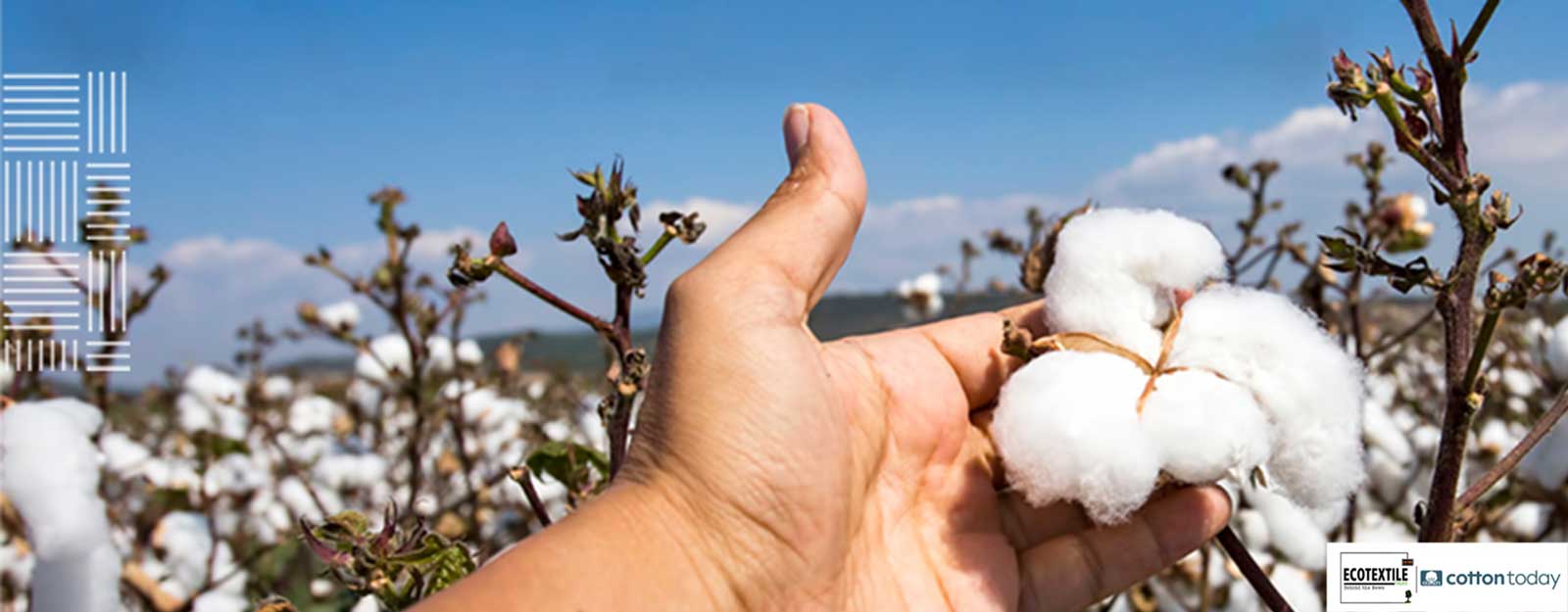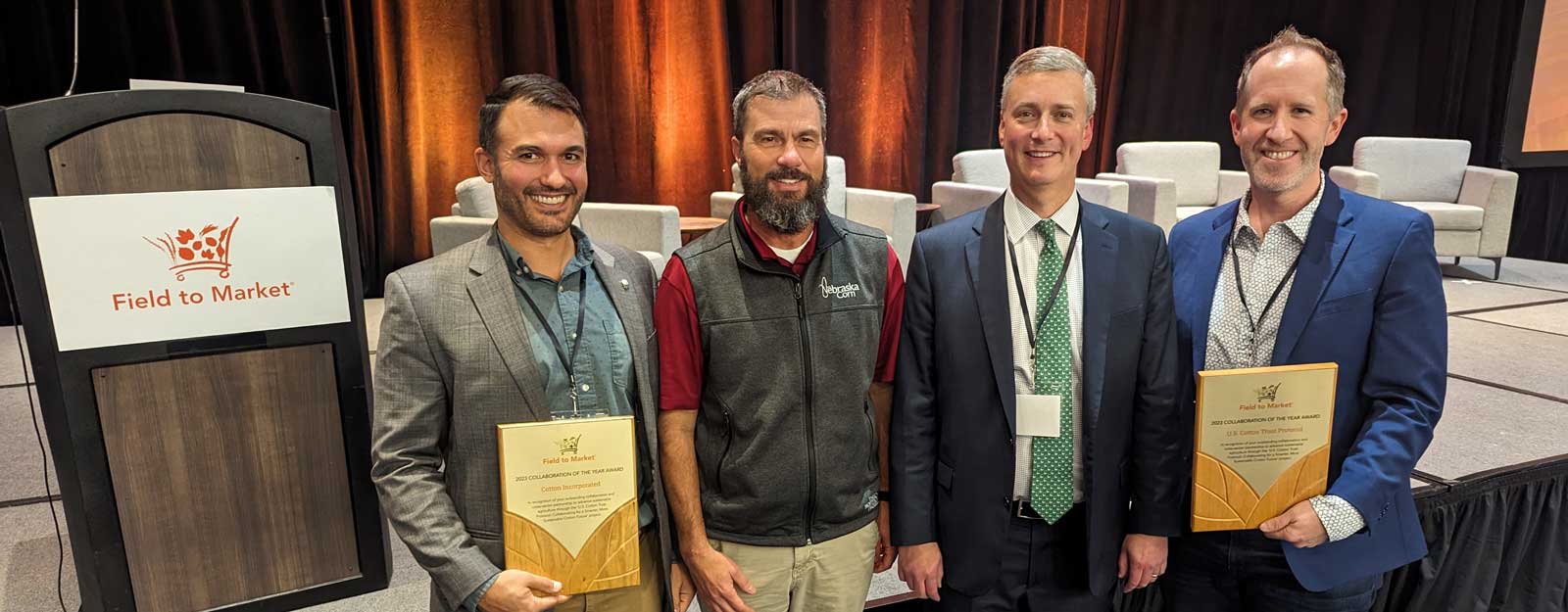It’s a common fashion habit these days. You feel bored with your closet and run out to buy something quick and inexpensive to refresh your wardrobe. It’s not the highest quality item, which you wouldn’t expect for the price, so you wear it a few times before tossing it.
You are not alone in this purchasing pattern. McKinsey cites a 60 percent increase in the number of garments purchased by consumers each year in the first 14 years of this century. At the same time, consumers keep clothing half as long.
Equally alarming in this shopping scenario is the content of clothing purchased and discarded each year. With the rise of production in the fashion industry, demand for man-made fibers, like polyester, has nearly doubled in the last 15 years (Environmental Health Perspectives ). The impact of fast fashion has an impact beyond the closet. For example,
- In the wash, fabrics (both natural and synthetic) shed microfibers which enter into rivers, lakes, and oceans. Research shows synthetic fibers contribute to plastic pollution in the earth’s water supply (Microfiber Pollution and the Apparel Industry ).
- In landfills, many synthetic fibers biodegrade slower than cotton.
Consumers have a right to choose more sustainable clothing that will lower their environmental footprint, while still having the freshest styles. Luckily, there are many fabric options at the store and some, like cotton, made from a renewable, natural resource that biodegrade in landfills and in the environment. While being natural, biodegradable, and renewable is important, having your clothing wear out quickly isn’t good for your wardrobe or the environment. In a recent study, consumers (66 percent) say cotton clothing lasts longest, more than three times longer than polyester (21 percent) according to Cotton Incorporated’s Lifestyle Monitor™ survey.
The cotton industry as a whole – from growers to manufacturers to beloved clothing retailer and brands –constantly look at new ways to make this fiber even more sustainable. Just as grocery store shoppers seek ingredient lists they know and understand, the U.S. cotton industry wants to ensure this fiber is something that consumers can trust and continue to depend on when making purchasing decisions.
“We’re thinking about cotton’s footprint and its handprint by exploring how sustainable innovations in the cotton industry can apply more broadly to other crops and industries,” said Dr. Jesse Daystar, chief sustainability officer at Cotton Incorporated. “We’re also partnering with clothing manufacturers to help them produce more sustainable clothing by using fibers like U.S. grown cotton.”
From cotton t-shirts to sheets, dresses and even diapers, cotton products begin as a drought tolerant plant cultivated by growers. It’s key to help them start their sustainability practices before the cotton seed is planted and then continue throughout the growth and harvest of the cotton plant. Cotton Incorporated partners with growers and universities to minimize the inputs required to grow cotton and maximize the crop output.

Researching Impact
Beyond the cotton plant, Cotton Incorporated is researching how cotton degrades in water ways and showcasing the Life Cycle Assessment of Cotton Fiber and Fabric to better understand and communicate impacts of our apparel decision across the whole garment life cycle. With results from these studies, consumers can better understand the environmental impact of their apparel choices and what changes they can make to decrease their clothing footprint.



